
Equatorial Guinea Travel Guide
Tourist season
Are December and January good months to visit Equatorial Guinea?
December
High
season
January
High
season
Did you know?
The population of Equatorial Guinea is around 1.40 mil., which puts the country in 152. place in terms of population (out of 231 countries and dependent territories).
How far is it?
1. The site uses the Great Circle method of calculating distances between two points on the Earth
2. To change the cities for comparison, change Your Country in settings
The distance between Malabo (GQ) and Washington D.C. (US) is 5830 miles
To calculate distance between your location and Malabo click here
Country Comparison
Compare Equatorial Guinea to any country in the world and see key differences between them side-by-side.
Get ready for your next trip
With just a few clicks you can find the best accommodation, airline tickets, or buy insurance that provides comprehensive protection for your next journey.
Cities and Top Tourist Attractions
From historical cities to picturesque landmarks and fascinating places - don't miss out on these attractions when planning a visit to Equatorial Guinea
Practical Information for Travelers
- Budget
- Currency
- Vaccinations
- Visa
- Electricity
Determine the expenses for your travel or vacation budget, as well as the expenditures associated with residing in another country
MoreBackpacker's budget
Daily budget for one person, assuming that two people travel in a standard close to 1 star (hostels, public transport). When traveling alone, the cost may be slightly higher (hotel room) or the same (dormitory accommodation).from
Tourist's budget
Daily budget for one person, assuming that two people travel (they share the cost of a hotel room, taxis, etc.) to a standard close to 3 stars. Costs for a solo traveler will be higher.from
Currency
MoreCFA Franc BEAC (XAF)
- EUR
- GBP
- USD
- XAF
- EUR
- GBP
- USD
- XAF
| = |
Vaccinations
MoreAll travelers
You should be up to date on routine vaccinations while traveling to any destination. Some vaccinations may also be required in Equatorial Guinea.
Most travelers
Get travel vaccines and medicines because there is a risk of these diseases in the country you are visiting.
Hepatitis A
Hepatitis A is a digestive disease caused by the hepatitis A virus and is closely related to a lack of good hygiene.It can be asymptomatic, moderate, or very severe.Prevention
- Get vaccinated
- Eat and drink safely
Malaria
Malaria is a life-threatening parasitic disease transmitted by mosquitoes.Prevention
- Take antimalarial meds
- Prevent bug bites
Estimated relative risk of malaria in Equatorial Guinea
Areas with malaria
Typhoid
Typhoid fever is an acute, systemic infectious disease caused by Salmonella typhi.The source of the infection may include dirty water, raw fruits, vegetables, dairy products, as well as dirt containing bacteria.Prevention
- Get vaccinated
- Eat and drink safely
Some travelers
Vaccinations and medications that may be recommended under certain conditions, depending on where you will be, the length of your stay and the nature of your stay.
Hepatitis B
Hepatitis B is a disease caused by the hepatitis B virus.Infection occurs through contact of injured skin or mucous membranes with virus-infected blood or other secretions (e.g. during sexual contact, through contaminated needles or as a result of medical procedures).Prevention
- Get vaccinated
- Avoid sharing body fluids
- Avoid non-sterile medical or cosmetic equipment
With or without a visa?
Visa requirements for citizens of
- United States
visiting Equatorial Guinea for tourism
A visa is not required.
- Allowed stay: 90 days
- International Certificate of Vaccination required if you are traveling from a country with risk of yellow fever.
Electricity
220V (50 Hz)
In Equatorial Guinea the standard voltage is 220V and the frequency is 50 Hz. Type C, E sockets are used.
Click on the socket icon to see more informationFacts and Figures
Fundamental socio-economic statistical data pertaining to the country
Population | 152 / 231 Ranking | 1 402 985 Fang 85.7%, Bubi 6.5%, Mdowe 3.6%, Annobon 1.6%, Bujeba 1.1% |
Area | 146 / 230 Ranking | 10.8 thous. mi² |
Life expectancy | 164 / 196 Ranking | 66.4 Life expectancy expressed in years.men 65women 67.8 |
Median age | 25 / 157 Ranking | 20.3 Average age of population expressed in years.men 19.9women 20.7 |
Population growth | 30 / 172 Ranking | 2.29% The difference between live births and deaths. A negative value means natural loss. |
Literacy | 42 / 131 Ranking | 95.3% Ability to read, write and count.men 97.4%women 93% |
GDP | 76 / 194 Ranking | 17 934 INT$ GDP per capita is gross domestic product converted to international dollars (Int$) using purchasing power parity rates and divided by total population. |

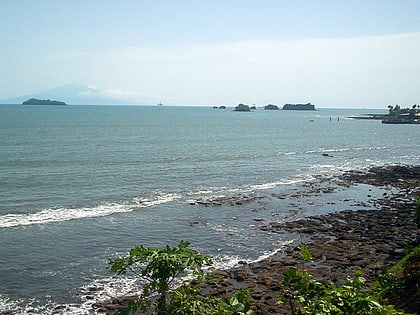



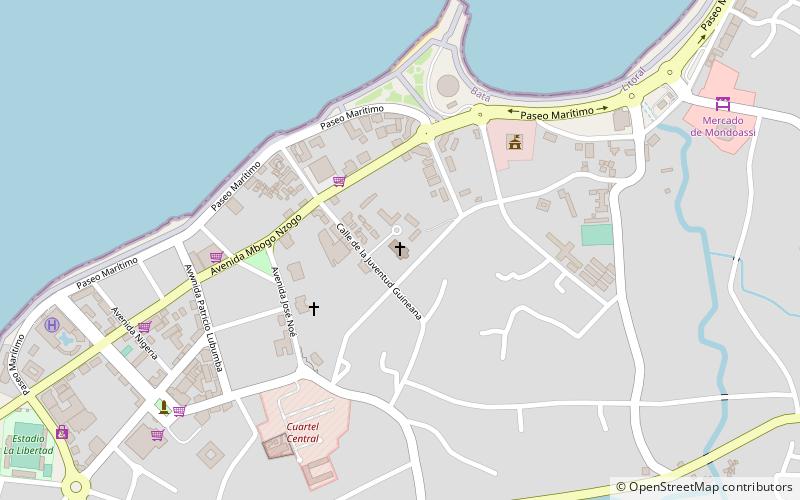



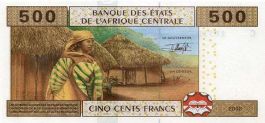


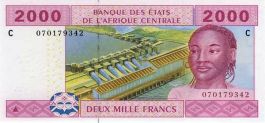

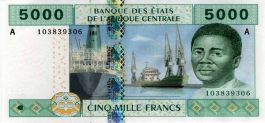

 Cameroon
Cameroon